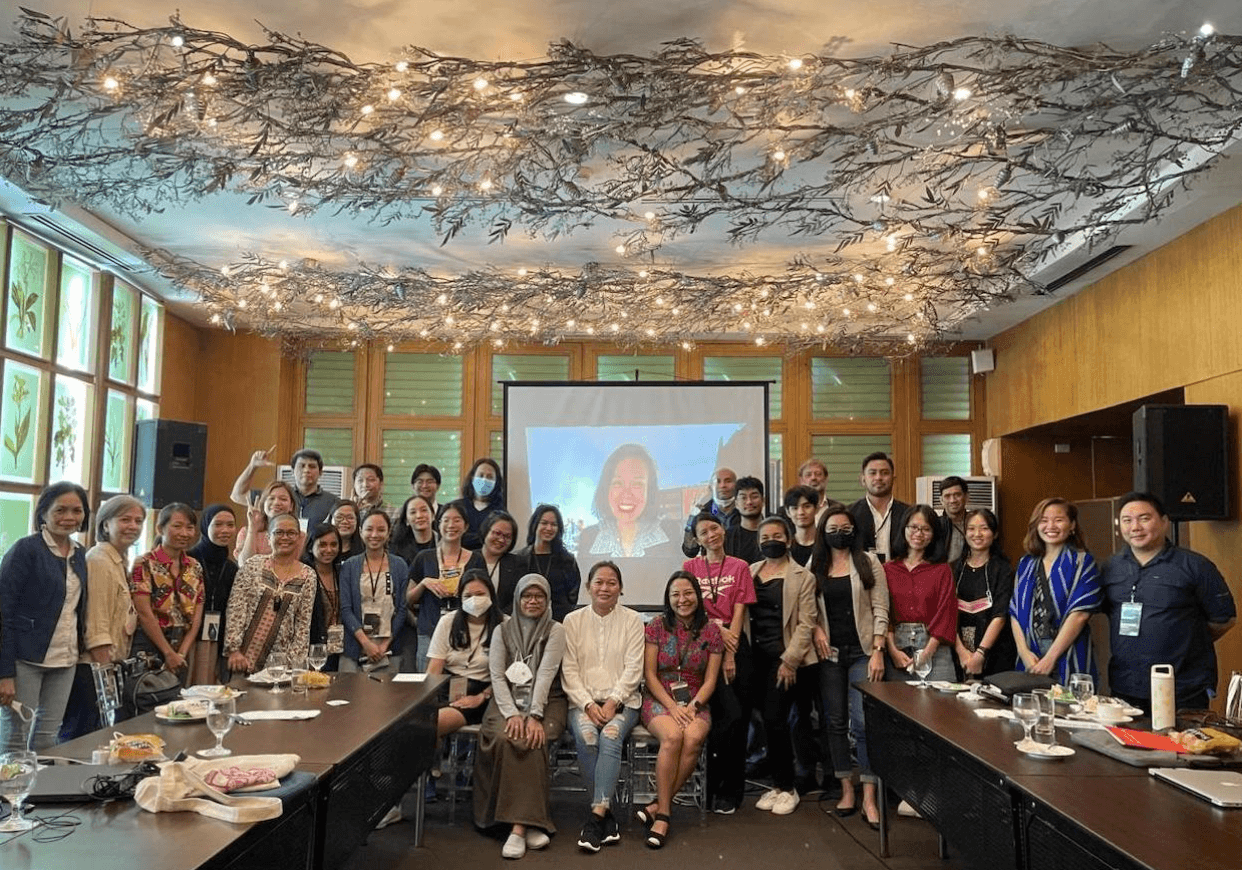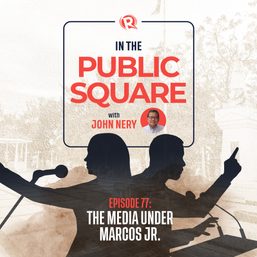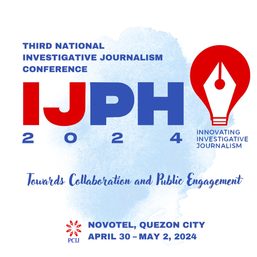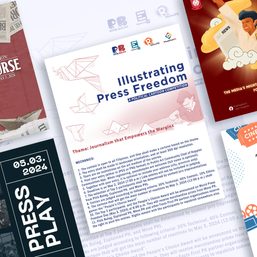SUMMARY
This is AI generated summarization, which may have errors. For context, always refer to the full article.

Did you hear about the story of 12 Filipinos who were rescued from a gambling hub in Myanmar called Shwe Kokko? The 12 – both men and women – were recruited as call center agents via social media but ended up being forced by Chinese mafia to engage in a cryptocurrency scam.
The revelations were made by Senator Risa Hontiveros early last week during a plenary speech that detailed how those who were deceived into thinking they were headed to a better-paying job in Thailand found themselves trapped in Myanmar. There, they were compelled to recruit investors in cryptocurrency via social media platforms and dating apps.
Her exposé brought to light the evolving complexion of human trafficking. Our usual stereotype of the trafficked victim as one who is poor, uneducated, and with minimal skills no longer holds, given the profile of those who escaped Myanmar. Scammers and crime syndicates have caught up with technology and have realized they, too, can use it to their advantage.
We learned more about this during a five-day, compact training session on human trafficking that we organized for 30 journalists and members of civil society organizations last week.
Hello, I’m Chay Hofileña, head of Rappler’s investigations and research, plus training. There are three hats I wear, pretty much like several others in our crazy newsroom. Besides unique editorial content that is top priority, we also pay attention to both internal and external skills and knowledge improvement of our staff and partners. Because I also teach part-time, I guess training comes quite naturally. Plus, my younger self could have been a yoga teacher (maybe in my next life, then).
The Rappler newsroom is actually a mentoring laboratory. Editors and other unit heads – if they are not harassed and in a frenzy like whirling dervishes – take time to sit down and discuss with their staff stories and projects alike. There’s breaking news on most days and there are demands to produce in-depth stories that provide context, background, perspective, or analysis.
But still we ask ourselves: How could a story be better, what critical angles are being missed, what are the gaps and contradictions, what doesn’t make sense? And for projects or campaigns, what went well and what didn’t, and why. How could we do better?
Many Rappler editors belonging to our Central Desk are, or were, also teachers – there’s news editor Paterno Esmaquel, night editor Chito dela Vega, environment editor Jee Geronimo, executive editor Glenda Gloria, and myself. The others, even if they are not classroom teachers, are inherent teachers and mentors who patiently guide young reporters and researchers until they grow and spread their wings, and fly.
Outside of our newsroom, we do training via webinars offered to students, teachers, and other professionals. Our Community team is primarily in charge of this as they strive to build and strengthen partnerships and networks. And yes, we do face-to-face training too like the last one on human trafficking. Clearly, we can’t do these things by ourselves, otherwise we would long have gone berserk. We need partners willing to share resources, time, and expertise.
We were lucky to team up for this round with JournalismFund.eu and the Journalism for Nation Building Foundation, as well as Ana P. Santos, our columnist and migration expert. Through collaboration that produced a hybrid training program, we brought together journalists from Southeast Asia and the Philippines and saw the potential of working with CSOs immersed in labor and migration issues – hot topics that reverberate across borders and continents.
Sharmila Parmanand, currently a fellow in gender studies at the London School of Economics, reminded us that we should revisit our templates and be mindful of nuances when we report on human trafficking – not all “victims” regard themselves as such and it is not always a case of “victim vs villain.” Sabrina Gacad of the UP Center for Women’s and Gender Studies told us that when we construct realities, we have to remember that we are no different from those who are trafficked: we, like them, take risks for things we consider important to us, and in risky situations, we, like them, do our best to be safe.
But wait, you might ask: why does the Rappler newsroom and its journalists do these things? Isn’t journalism all about storytelling and reporting? What’s your business doing training and partnerships, working with academics and CSOs? Don’t these things dilute the quality of your work and focus?
Admittedly, there are physically and mentally exhausting days when we ask ourselves, “Why do we do what we do? Why do we have to do this again?” This is when we remind ourselves that journalism isn’t done in a vacuum. It’s best done with a community that cares enough to converse, debate, correct, engage, and a community that cares enough to move and map plans of action. We always say this: journalists can’t do it all alone. Neither do we have a monopoly of knowledge and expertise. We learned a lot from our resource persons like Sharmila and Inna, and can hopefully do a better job reporting on issues like human trafficking.
If we were to measure the impact of our work, we can be modest or ambitious. We can measure the usual quantifiables like page views, impressions, likes, followers, shares. But while these do help and are concrete enough, aren’t they fleeting indicators? Don’t the trolls, rumor-mongers, and the disinformation agents have those too?
Perhaps it is more meaningful to be able to say that if we – through our stories or our training activities and partnerships – are able to make a dent or a difference in the life of a person, family, or community, we would have been effective journalists able to act as agents of change. Now, that, would be journalism with an impact.
Add a comment
How does this make you feel?









![[OPINION] You don’t always need a journalism degree to be a journalist](https://www.rappler.com/tachyon/2024/06/jed-harme-fellowship-essay-june-19-2024.jpg?resize=257%2C257&crop=287px%2C0px%2C720px%2C720px)
There are no comments yet. Add your comment to start the conversation.